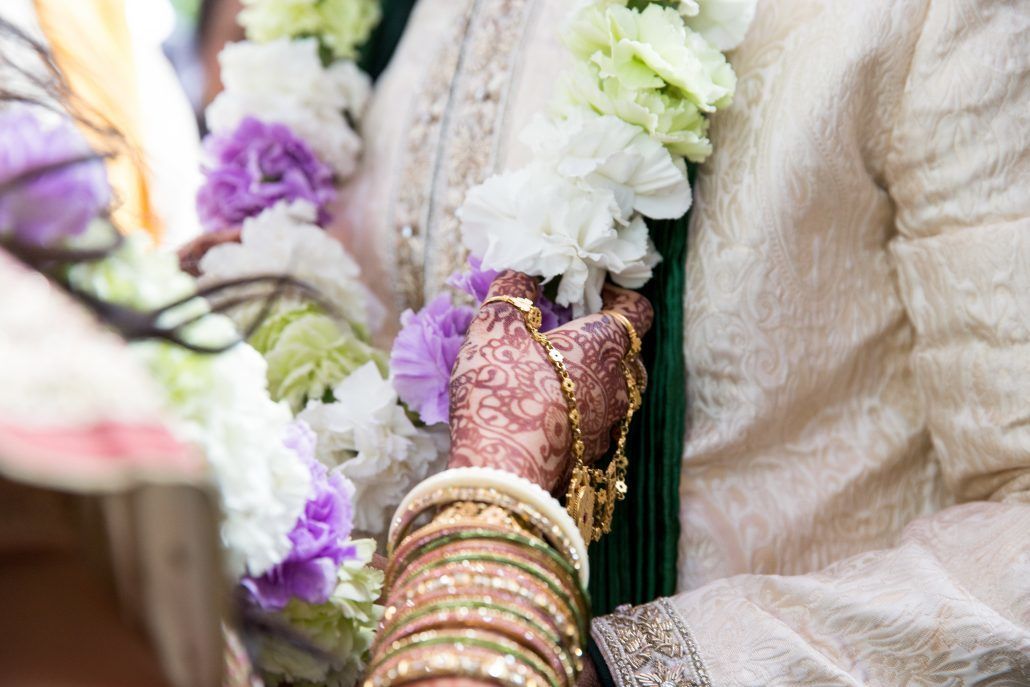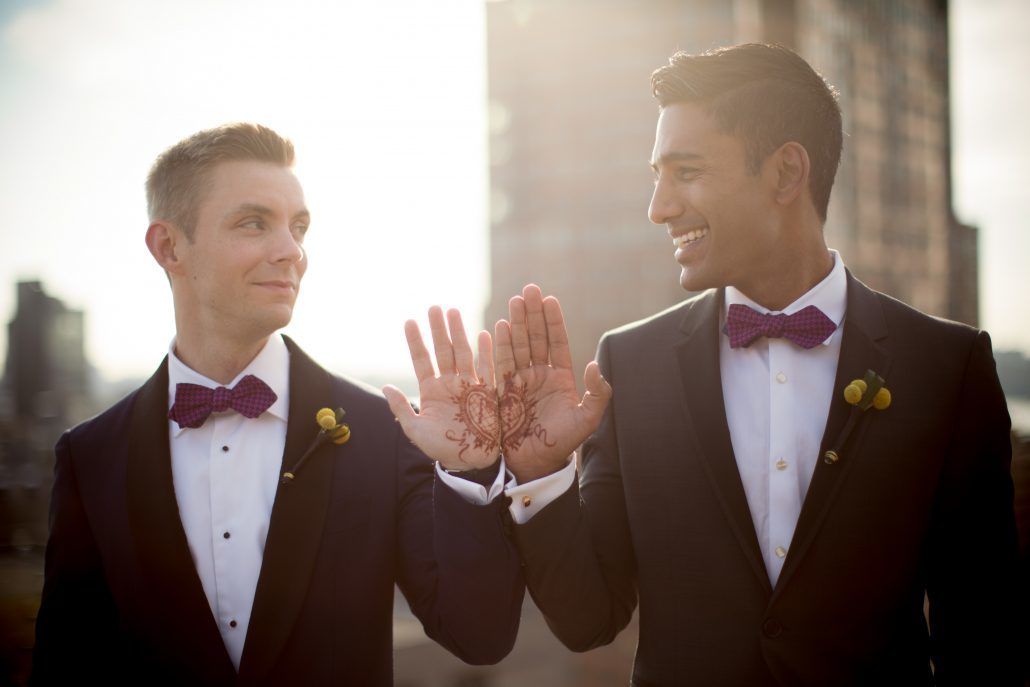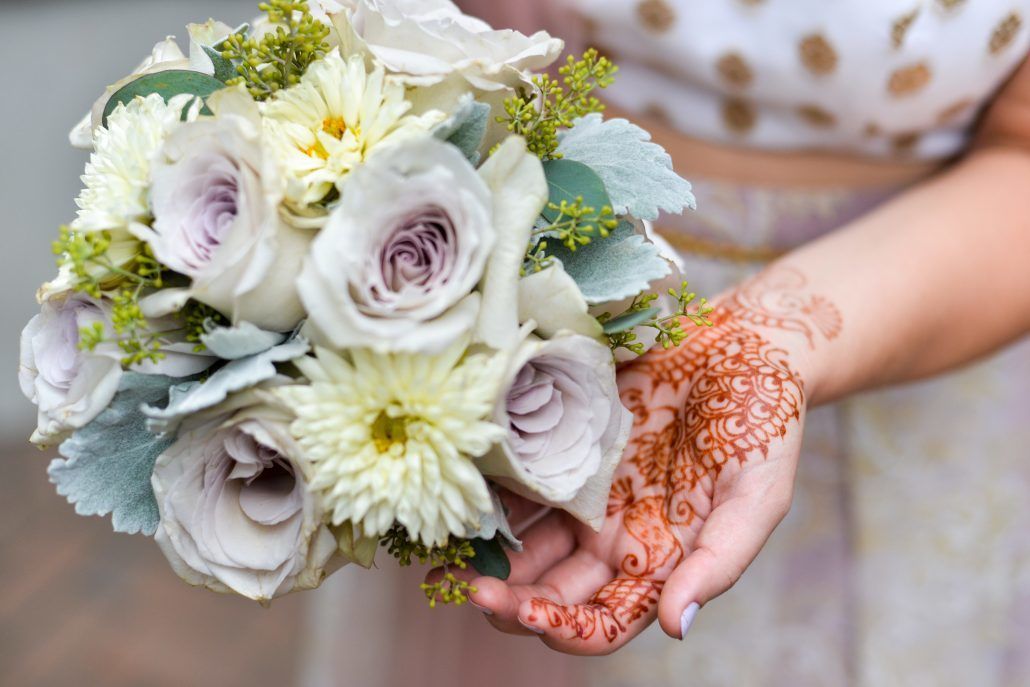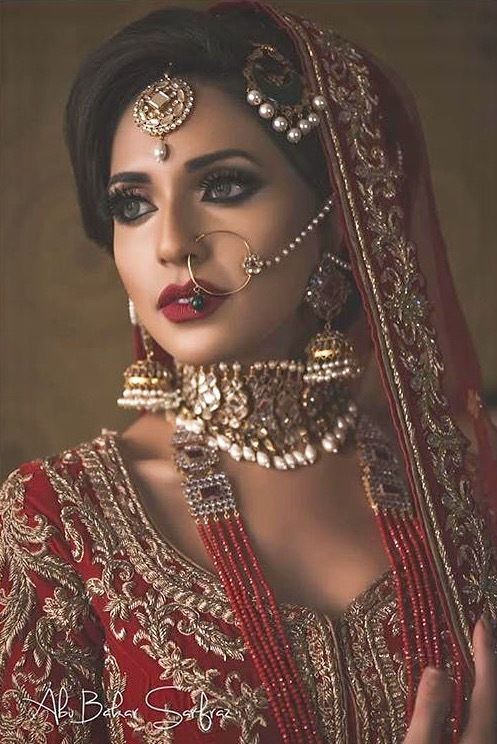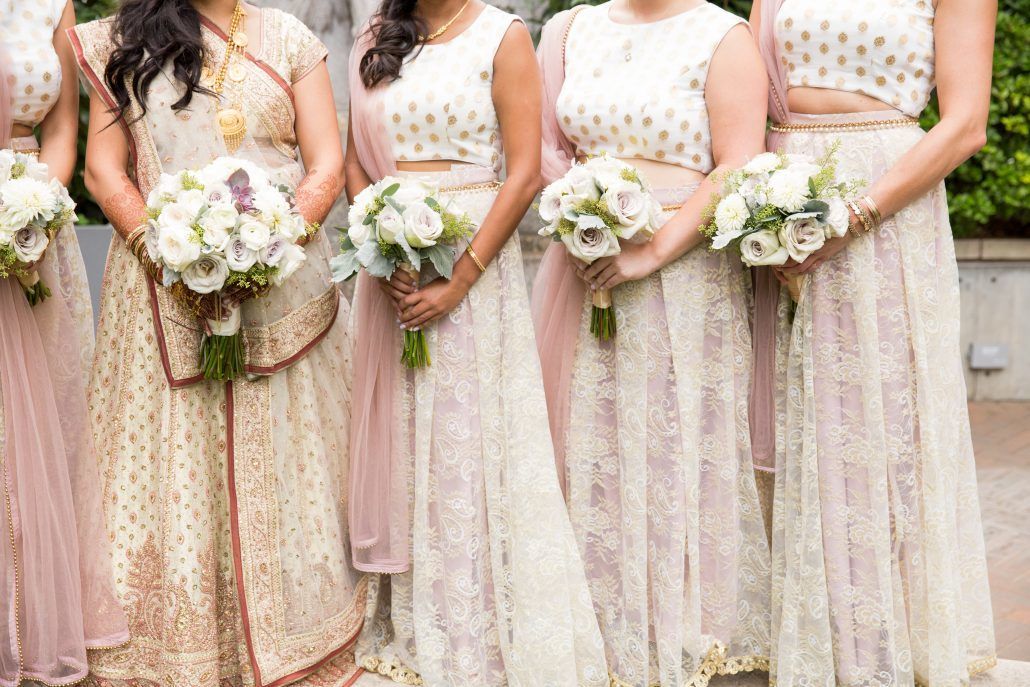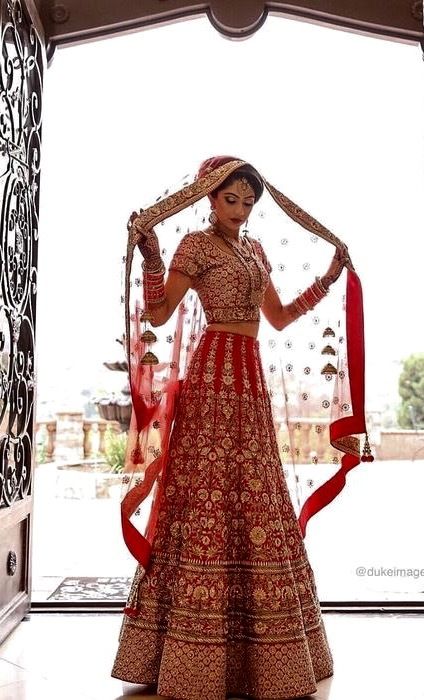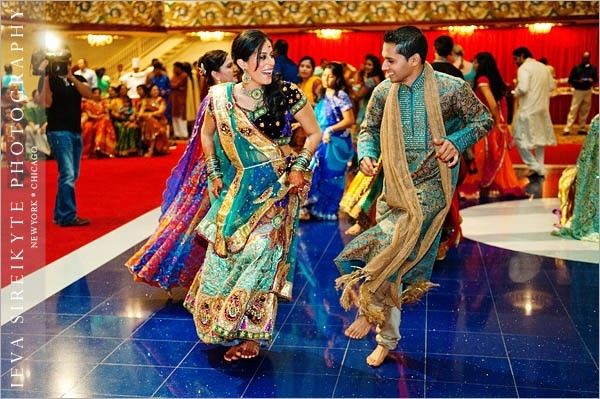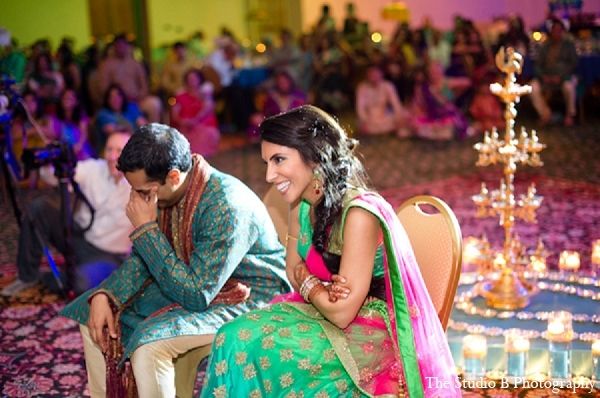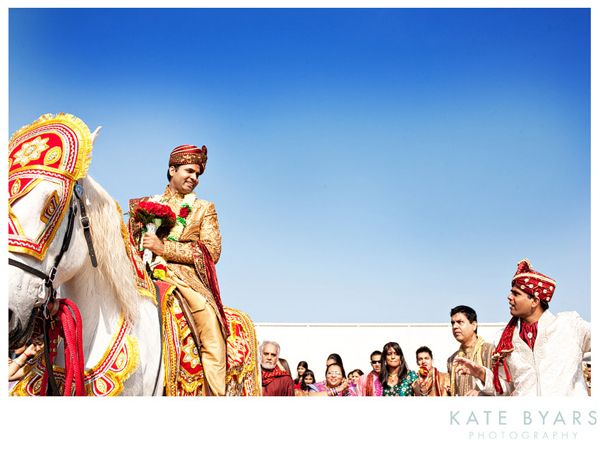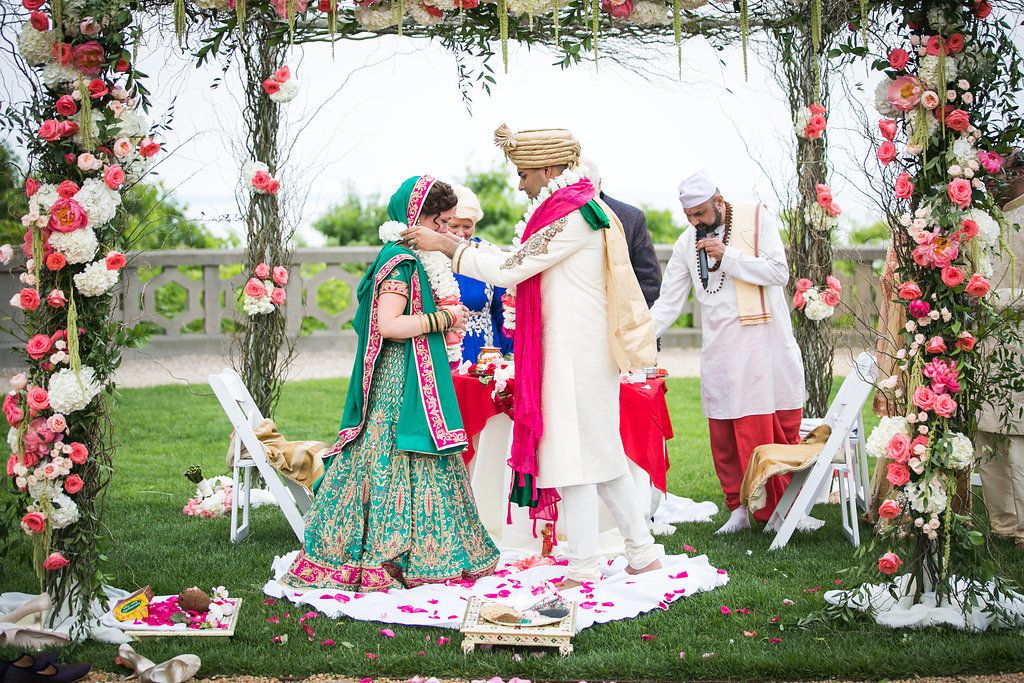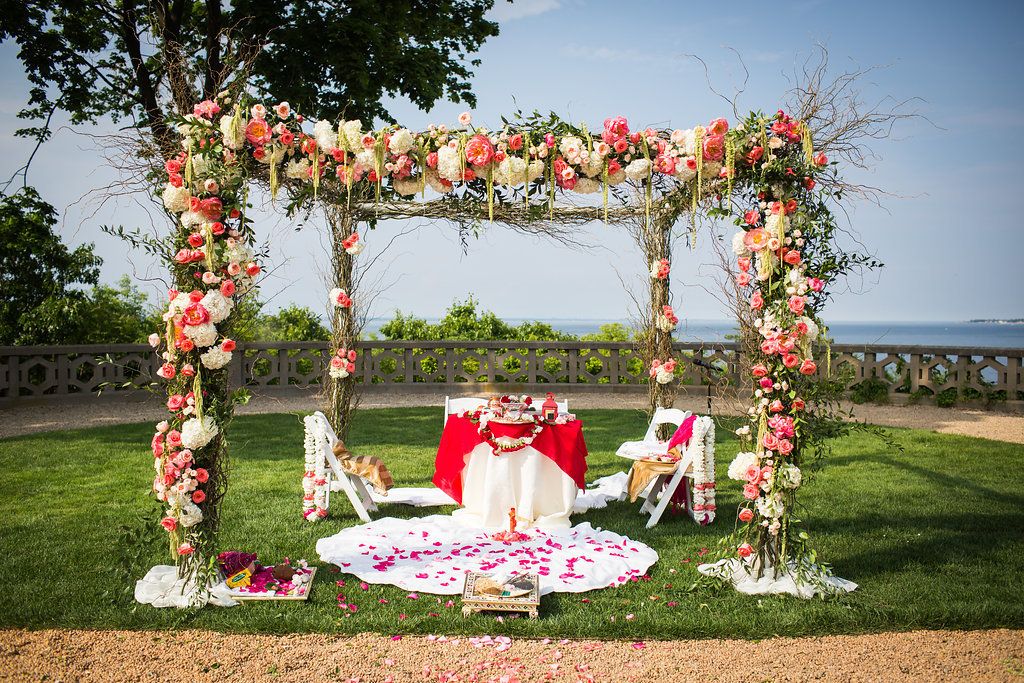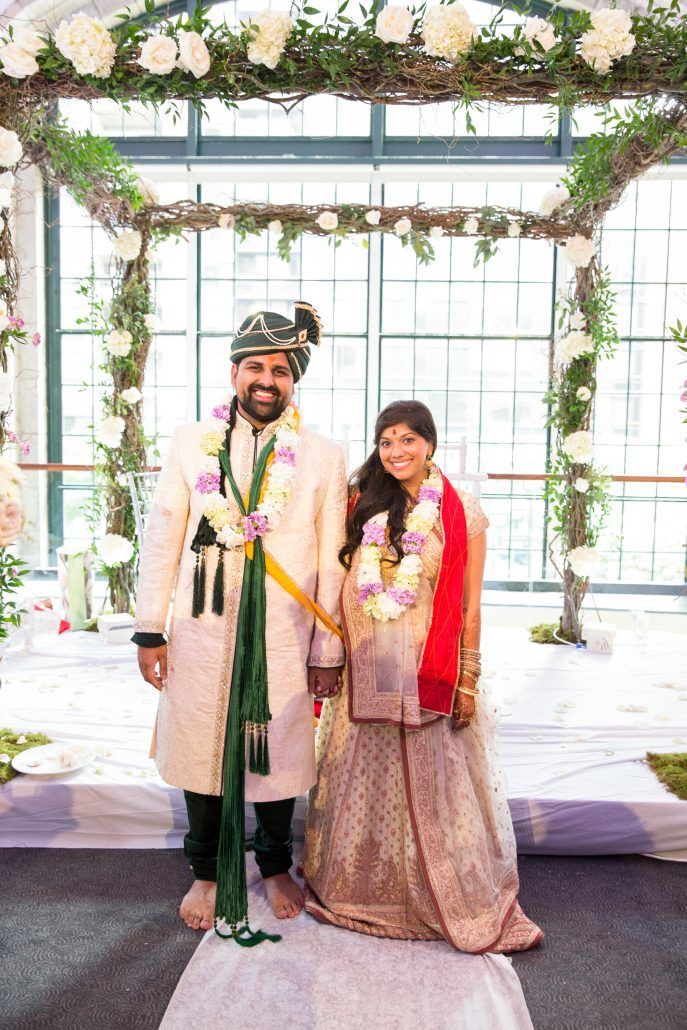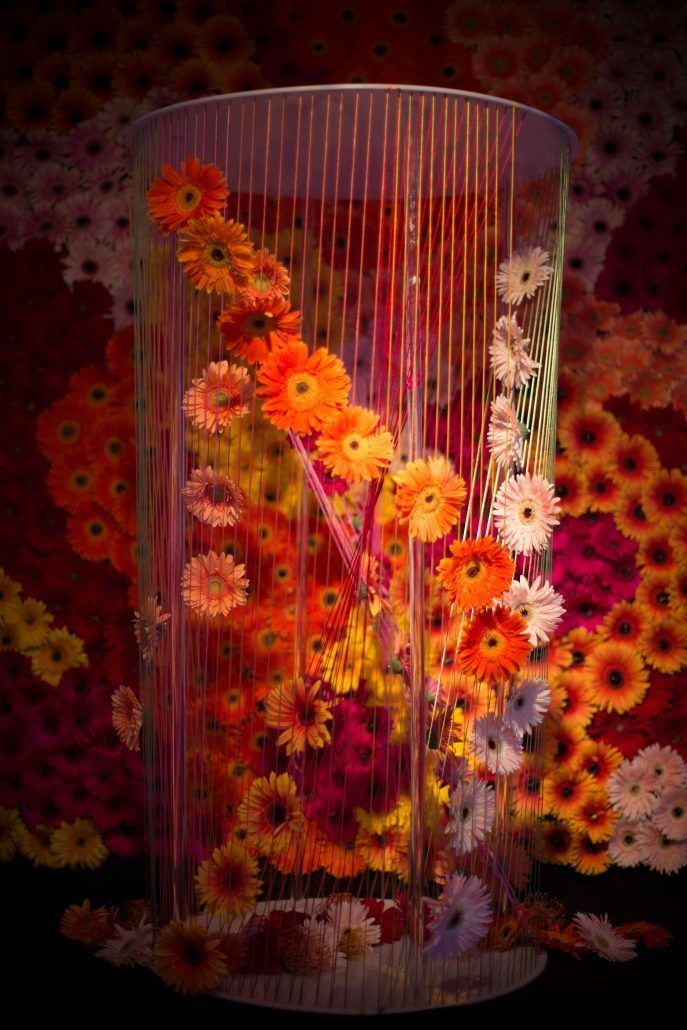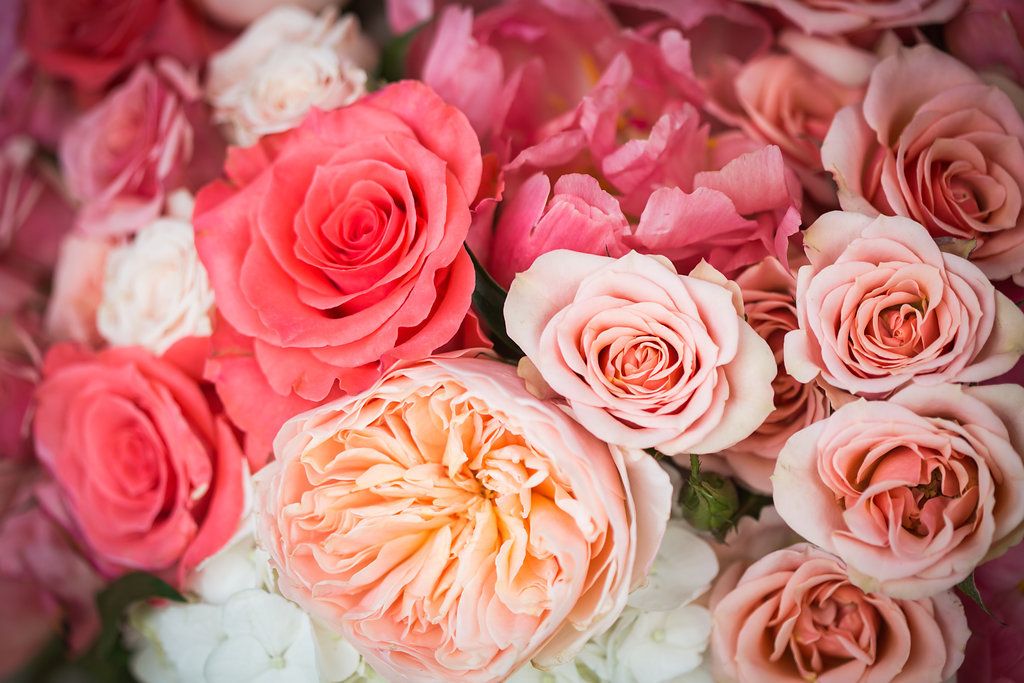Planning & Inspiration
Indian Wedding Traditions
Living and working in one of the most diverse cities in the world, we are fortunate enough to work with couples from all different backgrounds, traditions, religions and cultures. Planning a culturally-inspired wedding is such an exciting task as you are embracing others’ customs and learning the beauties of others’ traditions and beliefs. Though a wedding resembles unity, love and marriage in every culture, the ceremonies and rituals can vary greatly, which makes the practice of marriage that much more special and unique.
One culture that we have been very fortunate to produce weddings for is the Indian Culture. As India is such a large country with so many states and religions, the wedding traditions vary based on their region of origin. Yet, Indian weddings practice many of the same traditions and are full of bright colors, gorgeous flowers, beautiful Mehndi and more! There is no wedding more beautiful than an Indian wedding, and the beauty doesn’t only lay in the décor, design and brilliant colors they portray.
Unlike many other cultures, Indian weddings are multi-day occasions. There are ceremonies, parties and rituals that complete the couple’s marriage. Pre-wedding rituals are very common in an Indian wedding and start the week-long celebration.
Pithi is a ceremony ritual that is performed to bring the bride and groom good luck. As it takes place in the separate homes of the couple, family and friends receive the Pithi paste made from turmeric, chickpea flour and rose water. Family members, offering well wishes and luck throughout marriage, apply this paste to the skin of the bride and groom. It is also said that the paste is used to brighten the skin so you have a glowing look on the day of your wedding.
The Mehndi ceremony is a very popular ceremony and a colorful event that takes place a few days before the wedding. This is a celebration for the bride and her family. The bride receives her henna from an artist or relative from her fingertips to her forearms, along with her feet. The henna is made of beautiful designs, symbolizing joy, beauty, spiritual awakenings and offerings. The henna settles into the skin, leaving a brownish tint color that complements beautifully in traditional Indian dress. It is a fun night and festive atmosphere that is full of bright colors, singing, dancing and joy.
- Ruchi and Chirag – Bride and Groom – Gustavinos -NYC -Photography by Sheheryar Shahid
- Brad & Manjil – Henna – Studio 450 – Photo by Weddings By Two
- Ruchi and Chirag – Bride Henna – Gustavinos -NYC -Photography by Sheheryar Shahid
One of the next customs in an Indian wedding is the traditional attire and dress. A Sari is a female garment that is made of excessive fine fabrics, wrapped around the waist and draped over one shoulder, while baring the midriff. A Lengha is a two-piece outfit made up of a skirt, a traditional blouse and a scarf. These outfits are extraordinarily intricate and are mainly worn in bright bold colors like pinks, fuchsias, blues and reds. Mainly, the bride wears a beautiful red and gold appliqué Sari to stand out from the crowd. Accenting these dresses with tons of gold and jeweled jewelry makes for a gorgeous ensemble. Traditional jewelry includes Payals (anklets), Nath (nose ring), the Maang Teeka, which is a piece of jewelry for your hair that parts down the middle, Chudis and Kadas, which are the commonly-known bangles, along with matching necklace and earring sets. The bride is covered from head to toe with bright colors and ornate jewels, leaving her as the most beautiful woman in the room. When it comes to the groom’s attire, the most common outfit consists of the traditional Kurta Shalwar, which is a comfortable tunic-like top with pants to match. The Kurta Shalwar is often found in creams and golds to complement his soon to be bride. Now that the bride and groom are fashioned and ready to unify their relationship, let the party begin!
- Indian Bride – Bridal Dress – Sari – via Pinterest.com
- Ruchi and Chirag – Saris – Gustavinos -NYC -Photography by Sheheryar Shahid
- Indian Bridal Sari – Red Sari – via Pinterest.com
Among many pre-wedding events, one common Indian tradition is known as the Sangeet. The Sangeet is practiced in many regions in India and is held the night before the wedding ceremony, as a celebration of the wedding to come! Family and friends hold dance performances as a gift to the bride and groom, along with traditional songs and other festivities. Commemorating events for the days to come, this is a night full of music, celebrating and fun!
- Shaili and Regal – Sterling Gardens – Sangeet – IEVA Photo – via Photo IEVA.com
- Indian Wedding – Sangeet – Bride and Groom – via Maharani Weddings.com
Next comes the big day, the long-awaited wedding ceremony! A traditional ceremony often consists of a series of religious rituals that unify the bride and groom and their families. The ceremony begins with the Baraat, which is the groom’s procession. This unique tradition is the groom’s arrival to the ceremony on a horse, as family and friends sing and dance around him. The bride’s family greets the groom as he arrives and congratulates him on what’s to come. The groom’s feet are washed once he arrives, signifying purity. The bride’s arrival and the event of being given away by her parents signifies the beginning of the ceremony.
The ceremony takes place under what is known as a Mandap. The Mandap is a four post canopy altar that is a stunning space for the bride and groom to exchange their vows. Each of the four pillars of the Mandap symbolizes the parents on both sides, signifying the upbringing of their children and unification of families. The Mandap is a beautiful structure that is cherished for its symbolism, yet offers a gorgeous view for guests of the bride and groom. It is often decorated with god statutes, a variety of flowers, religious offerings, garland and bells. Many flowers can be used for this décor, including traditional marigolds, roses, daisies and more. It creates a beautiful altar and stage for the bride and groom to say I do and looks amazing as it’s dressed up as ornately and decadently as the bride and groom.
- Kerry & Amit – Mandap Ceremony -Hempstead House – Photo by Kamila Harris
- Kerry & Amit – Mandap -Hempstead House – Photo by Kamila Harris
- Ruchi and Chirag – Mandap – Gustavinos -NYC -Photography by Sheheryar Shahid
At the beginning of the ceremony, Mala or floral garlands are exchanged between the bride and groom. These beautiful garlands are strung together with a variety of bright and bold blooms. Roses, marigolds, carnations and even orchids are tied together to create a flowered lay that is to be placed on one another. The flowers are an important part of this tradition as they are held together on the same string, representing happiness and excitement of their marital union to come. The exchange of Mala between the bride and groom signifies acceptance of one another and unity. As there are many parts that make up the full ceremony and all vary by region, religion and tradition, one common final part of the ceremony is the seven circles. The couple takes their first seven circles together as husband and wife, with each step representing a vow to one another. This signifies their commitment to love one another, take care of each other and always be best friends. The ceremony is now complete, and they are ready to go and celebrate!
The reception can vary depending on your preference and style in Indian culture. It is a big party with tons of food, dancing and fun! The venue space is decorated in vibrant colors, golds and lavish pieces to create a picturesque scene. The reception often features performers, a cake cutting ceremony and a traditional dance between husband and wife where guests throw money at the couple to wish them prosperity. It is a beautiful and exciting time to dance the night away and enjoy all of the hard work and traditional elements that made up the wedding week.
- Ruchi and Chirag Wedding – Sweetheart Table – Gustavinos -Photography by Sheheryar Shahid
- Brad & Manjil – Card Table -Studio 450 -Weddings By Two
- Brad & Manjil – Coral and Peach Low Centerpieces – Studio 450 – Photo by Weddings By Two
Indian wedding traditions and customs are like no other. They are lavish, elegant and colorful, creating a gorgeous scene to last a lifetime. From the traditions, flowers, garments and rituals, they represent a long line of beautiful traditions to unify husband and wife, and we hope to participate in making many more beautiful memories with lovely couples to come.


